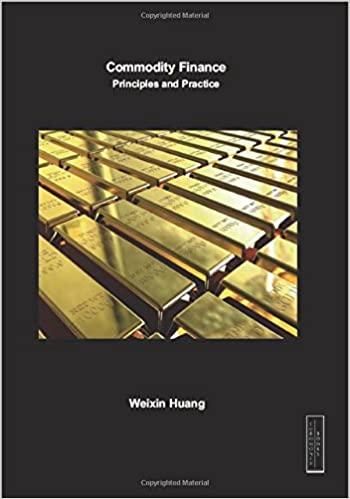Answered step by step
Verified Expert Solution
Question
1 Approved Answer
Suppose that a firm has generated a real Return On Investment (Real ROI) of 14.6% and 11.9% of the last two year, while the inflation
- Suppose that a firm has generated a real Return On Investment (Real ROI) of 14.6% and 11.9% of the last two year, while the inflation rate has been 3.5% and 2.4%, respectively. Over the last three years, the firm's dividends per share have increased from $15.92 to $16.23 to $17.36. Over the next five years, the firm's Real ROI is expected to gradually slow down. The long-run forecast calls for the firms Real ROI to match the firms real discount rate (Real k), which is 6.2% per year. The firm follows a policy of retaining 34.0% of its earnings and paying out the rest as dividends. Going forward, the inflation rate is expected to be 4.1% per year indefinitely. Determine the firms intrinsic value/share.
- A Finance manager has the option to hold a 10year coupon bond with a coupon rate of 20% instead of 10%. The duration on a 20% bond is 6.64 years at a 10% interest rate. Find the approximate change in bond price when the interest rate increases from 10% to 12.5%.
Step by Step Solution
There are 3 Steps involved in it
Step: 1

Get Instant Access to Expert-Tailored Solutions
See step-by-step solutions with expert insights and AI powered tools for academic success
Step: 2

Step: 3

Ace Your Homework with AI
Get the answers you need in no time with our AI-driven, step-by-step assistance
Get Started


